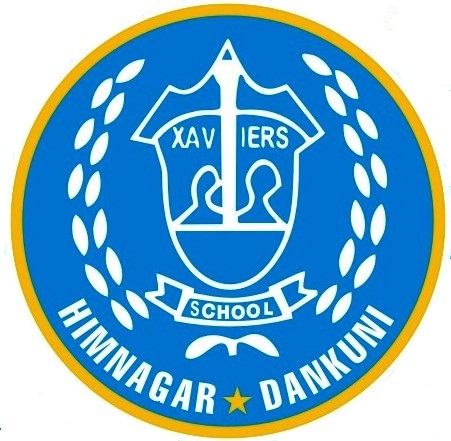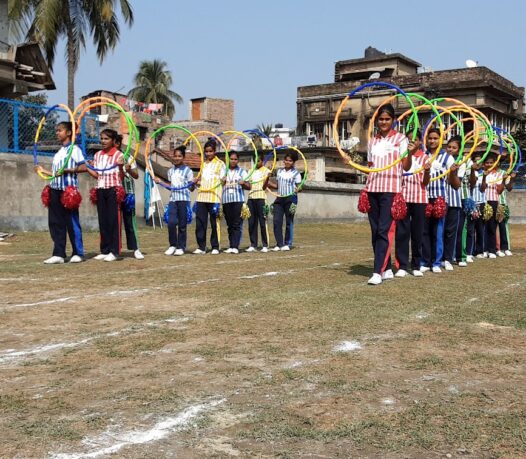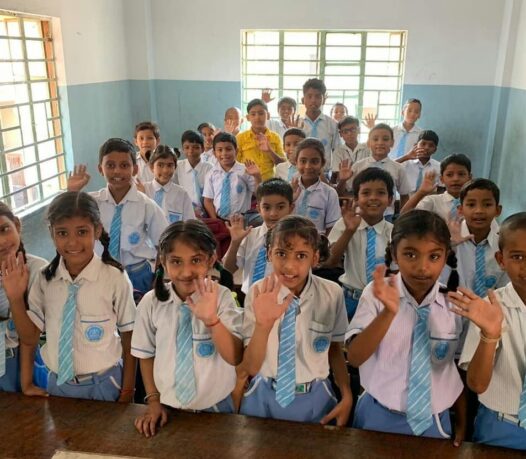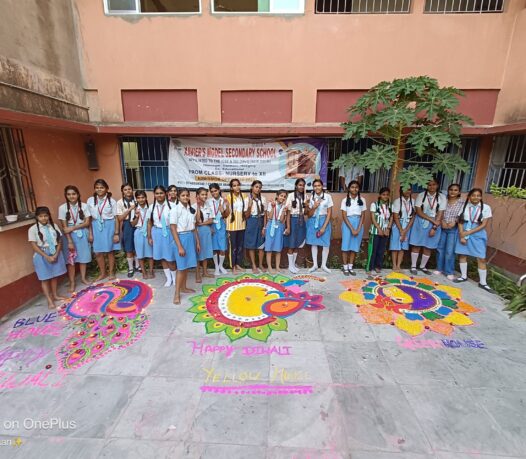The sole objective of Xavier’s Model Secondary School is to provide the children with comprehensive education aiming at their intellectual, physical, cultural, social, spiritual development and growth. The school provides quality education within a happy and caring environment where children are stimulated to apply themselves eagerly to learning and to the improvement of their creative skills.
Intensive academic education with the help of innumerable teaching aids and Audio – Visual facilities are supplemented with various activities and programmers meant to ensure not only an optimum intellectual growth but also to inculcate in the tender heart of your ones noble through and sub line aspirations.
Our system of education enables the students to face the competitive world. Once your child gets into this school, he/she actually enters in an environment most conducive to the flowering of all his /her capacities and talents.
Our students are taught the ideals of oneness of mankind, peace and unity. It is our fervent belief that rearing the present young generation in an atmosphere of world mindedness will go a long way to upgrade the character of our society in the years to come.



